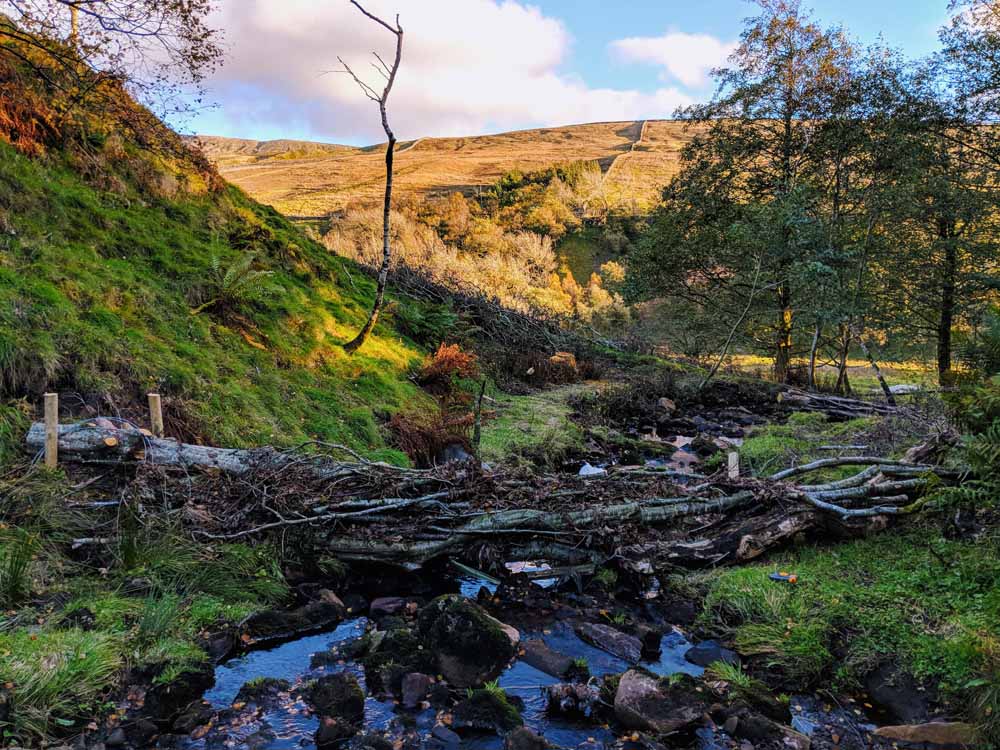How we can tackle biodiversity loss

How does our work contribute to conserving biodiversity?
We have recently published our Biodiversity duty report for 2023. The biodiversity duty is the duty of every public body to further the conservation of biodiversity. As Scotland’s design agency, ensuring that the advice and information we provide supports this duty is critical. This report is helping us articulate the connection between our work and biodiversity and is a way for us to focus on what we can do as a public body to tackle the nature crisis.
What is in the biodiversity duty report?
The biodiversity duty report covers key areas where we as a public body can make a difference, such as what actions we have taken to protect and enhance biodiversity,
mainstreaming biodiversity, nature-based solutions and public engagement. In our report, we have listed the work we have done in 2021 to 2023 to deliver on these areas.
Why have we published it on our website?
We need to take collective action to combat the climate emergency and biodiversity loss. Sharing how our work contributes to this work is one of the steps we can take to highlight the nature crisis. Reading this in conjunction with how we deliver our work gives you a picture of how we as a national agency work to combat the biodiversity crisis.
What else are we doing to combat the climate emergency?
As an organisation, we bring many years of experience in considering sustainability, climate and material choices in our design advice. At this point, the critical nature of the climate emergency means that we are taking urgent action across both what we deliver in terms of advice, and how we deliver our work across the board. Through our work, we consider both the transition to net zero, for example in our Carbon conscious places work as well as place-based climate change adaptation - for example in our work in Kilmarnock which looks at Blue-Green infrastructure.
How we operate
On a practical level, we have implemented a series of simple actions that we can take as a workplace: this included removing access to car parking (except for Blue badge holders and electric vehicles), providing a Bike to work scheme, switching to exclusively vegetarian catering options at events and using public transport as much as possible.
The increased options and accessibility of online meetings and events – while not without their own climate impact – are still allowing us to reach locations across Scotland without unnecessary travel.
Digital impact
On the digital front we re-designed our website with a focus on reducing the energy consumption and the carbon footprint of the site; including optimising images, reducing load times and ensuring that file sizes were kept small. We rarely produce or distribute printed materials, and if we produce exhibitions, we consider the whole life impact of any materials used.
These are small tweaks that we have made as an organisation, but we acknowledge that we all have more to do. We will continue to report on our contribution to biodiversity and tackling the climate emergency.
Header image: A leaky dam, inspired by beaver dams, designed to reduce the flow of water upstream and use locally sourced materials such as logs. Image credit: Zora Van Leeuwen. Thanks to Raeburn Farquhar Brown.
